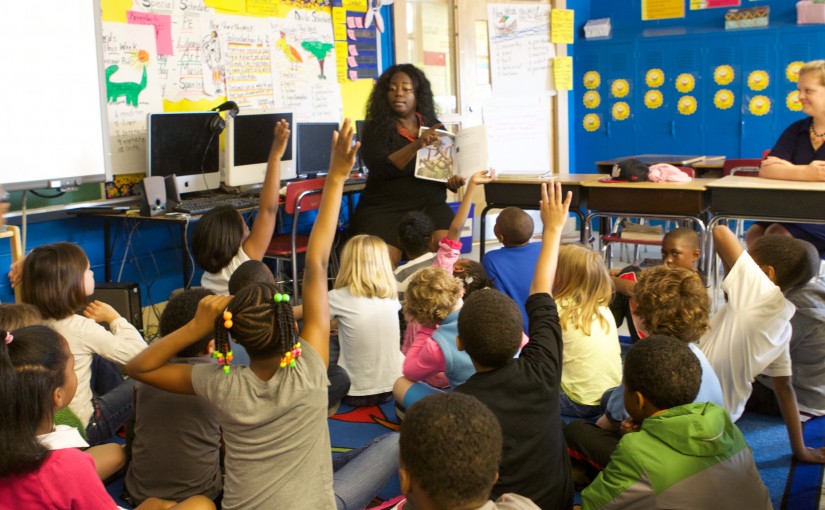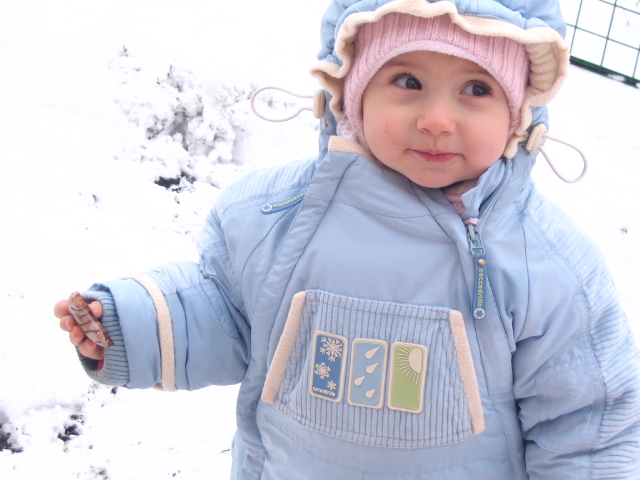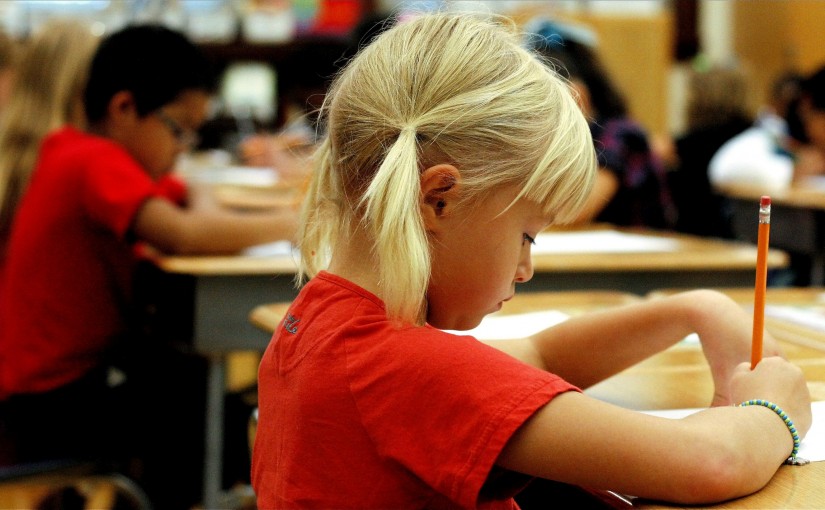Tag: special needs children
-

How Does ASD Affect Mood and Anxiety?
Autistic people are often anxious. If you have ever been around an autistic person when they are overloaded, you will know that the overload brings anxiety with it as the autistic person cannot cope with something going on in their environment that they are expected to process. If you are the parent or caregiver of…
-

Do Spectrum Children Feel Emotion Like Everyone Else?
There are many stereotypes surrounding autism. One of the most insidious is that autistic people do not feel emotions. Many people see the autistic person as overly logical and even slightly robotic, and like the Dustin Hoffman character in the movie Rain Man, these people view them as an impenetrable collection of tics. As any…
-

Tips For Reaching Students With Autism
Teaching a student with autism can be a challenge. Their learning styles are often different from those of most other students, and it may even seem that they are taking no interest in the lessons. Usually, however, this is not the case, and the student is simply overwhelmed and needs lessons tailored to the way…
-

What Are Special Needs?
As of the 2012-13 school year, 14 percent of all public school students were receiving special education services, according to the National Center for Education Statistics. But what does it mean for a child to have special needs? Broadly speaking, “special needs” is used to describe children who require any kind of special support due…
-

The Benefits of Playdates for Autistic Children
For children with autism, it can be a challenge to make social connections with peers. For their parents, helping these children learn to play with others well is a common challenge. But like most things in life, children with autism can improve their skills for playing and socializing with practice. Which is a wonderful thing,…
-

Understanding Asperger’s: A Teacher’s Guide
Students with Asperger’s syndrome present a unique set of challenges—challenges that many teachers are not provided with the appropriate training for. This can make welcoming a student with Asperger’s into the classroom seem daunting. Fortunately, there are a lot of resources available to help teachers fill the gap and educate themselves, so they can make…
-

What is PDD?
Pervasive developmental disorders (often shortened to PDD) is a term used to refer to a group of conditions that cause a delay in the development of basic skills. These basic skills most commonly include the ability to socialize, communicate and use imagination. People who have a PDD often struggle to understand the world around them. …
-

Bringing Out The Best In Your Special Needs Students
Every student has the potential to succeed. But in a traditional classroom, it can be harder for students with special needs to tap into that potential. Special needs students’ success can be limited by the unique challenges they face. It can require a thoughtful effort from teachers to ensure that special needs students thrive in…
-

Are Children Conceived in Winter More Likely to Develop Autism?
Expecting parents are always concerned with whether or not there is something they can do to ensure the health of their children. Recently, studies have turned toward the subject of autism, and whether or not the time of year when a child is conceived has any effect on its mental health at birth. There is…
-

Identifying Different Types of Learners
There are many different ways that people learn, and in any classroom, you are bound to encounter several students from each learning category. While one method of teaching may work very well for a certain type of learner, another type may not respond at all to what you try. As a new teacher, it is…